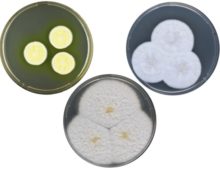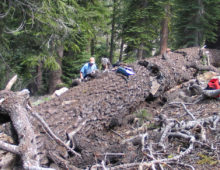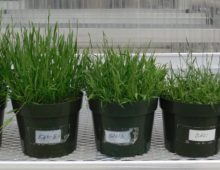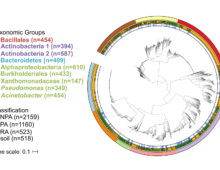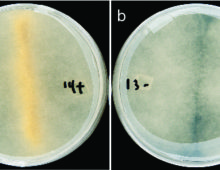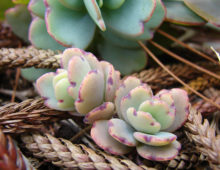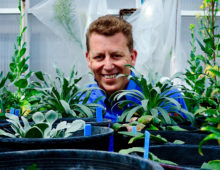All in the Family: Focused Genomic Comparisons
Genus-wide Aspergillus project highlights new functional genome annotation methods. Found in microbial communities around the world, Aspergillus fungi are pathogens, decomposers, and important sources of biotechnologically-important enzymes. Each Aspergillus species is known to contain more than 250 carbohydrate active enzymes (CAzymes), which break down plant cell walls and are of interest to Department of Energy… [Read More]
